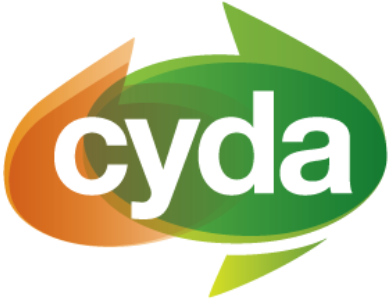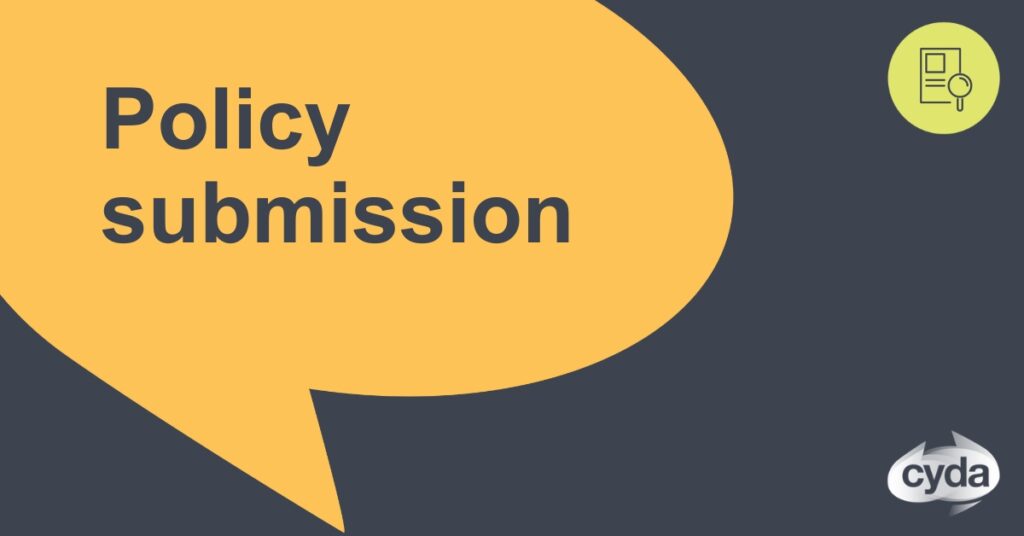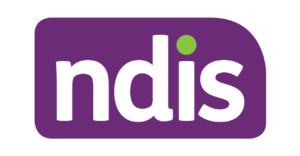As well as the usual challenges students often face in their school lives and transitions out of school, students with disability, including autistic students, face a range of additional barriers. They generally do not have access to education of the same quality as students without disability, and are often segregated in special schools or excluded in mainstream schools. Students with disability are also significantly more likely to face restrictive practices such as restraint and seclusion.
You can download our full submission using the buttons above.







